Cast of hundreds took part in historical pageant in Lancaster in 1913
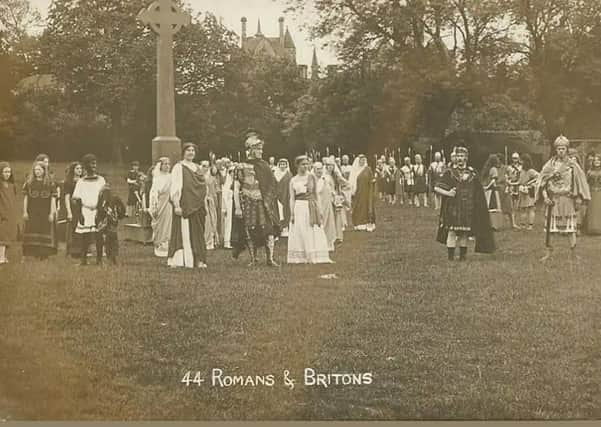

The pageant took place between August 4–9 at 2.30pm each day.
Full dress rehearsals were held on Saturday, July 12 and Saturday July 26, 1913.
Advertisement
Hide AdAdvertisement
Hide AdSeveral months before the pageant, the Committee Minute Book specifies that there was no intention to allow the public to attend dress rehearsals and a comment was made that the general public had proved ‘rather a nuisance’ when they turned up at ordinary rehearsals.
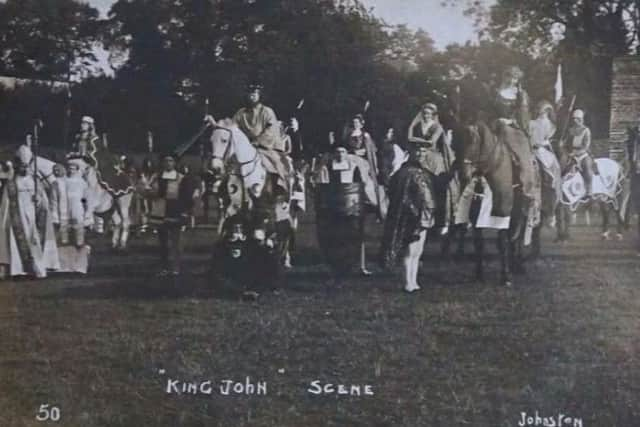

However, they seem to have relented on this point, as the accounts suggest income from the rehearsals.
The performance lasted almost four hours.
Pageant outline
Prologue
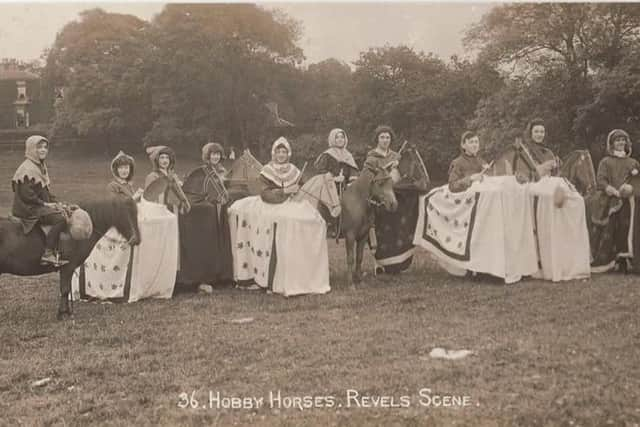

Mr AT Gallaway spoke a short prologue in verse introducing the pageant.
Prelude. The Coming of the Romans, AD 79
This was a short piece of drama containing dialogue and described in the programme as a ‘prelude’. The scene depicted the arrival of Agricola within the hilly territory where Lancaster would later stand.
Advertisement
Hide AdAdvertisement
Hide AdIt opened with a group of Britons waiting in anticipation for the arrival of the Romans.
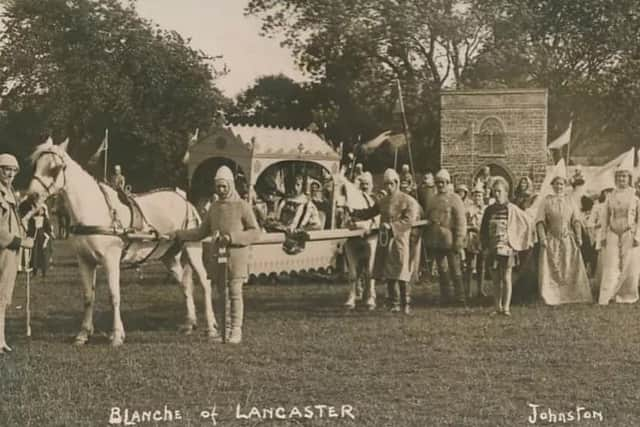

Agricola arrived in a chariot accompanied by Decurions and foot soldiers; he asked after his wife who was journeying to meet him but was told she had not yet arrived as she was travelling by another way.
His wife Domitia and daughter Lucilla then arrived, transported in a litter. Domitia conversed with Agricola and spoke of her terrible journey through ‘waste and watery bog’; the scene ended with Agricola stating his intent to ‘lay foundations here’. The episode had six speaking parts and formed the introduction to the pageant.
Episode I. King John, 1199–1206
The Book of Words states that, before becoming King, John had granted a Charter to Lancaster; in 1199, this was replaced with a Royal Charter after he ascended the throne. The episode depicted the visit made by King John to Lancaster on February 26, 1206 when he granted the favour of a royal charter to the city. Around 150 performers took part. His wife, Queen Isobel [Isabella], and several bishops and lords accompanied the King. The drama consisted of the encounter between the bailiff, corporation and townspeople and the King and his entourage. The King addressed the Lancastrians and was chided playfully by his jester, for which the jester earned a couple of blows from the monarch. John implied that payment would be required for the charter. The King and Queen then exited, and a few townspeople bemoaned the price that they would doubtless have to pay in the future for being in receipt of this royal favour.
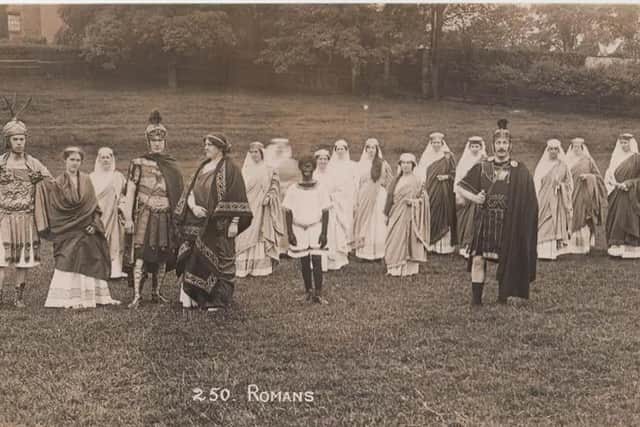

Episode II. John of Gaunt, 1359–1369
Advertisement
Hide AdAdvertisement
Hide AdThe episode had a large cast of at least 200 performers including around 70 women and 40 men playing the parts of townspeople but without speaking roles. Principal roles included, John of Gaunt, Blanche of Lancaster, 25 attendants, around 20 lords and knights, the Mayor of Lancaster, the Constable of Lancaster, 15 men-at arms (eight of them mounted), six named townspeople with small speaking roles and an unspecified number of child dancers. The drama took place in the Market Square and began with two townspeople (a man and woman) discussing the forthcoming marriage of John and Blanche; the conversation was meant to be light-hearted and bemoaned the fate of married women. Blanche then entered in a litter; followed by John and his retinue. The Mayor addressed Blanche stating that he wished to present a pageant. She welcomed this show, which consisted of children performing a morris dance. John of Gaunt was depicted as kindly towards the children. The Book of Words comments that John reputedly introduced the morris dance to England from Spain.
Episode III. Midsummer Revels, 1470–1480
A locally famous figure—John Gardyner of Bailrigg—featured in this episode. The drama began on the ‘Moor, Lancaster’ with the news that Gardyner had announced his intention to leave provision in his will for an almshouse, chantry and free school. The people discussed this development and the scene was merry with children running around at play. Gardyner, his friend Edmund Hornby and the Mayor of Lancaster then arrived, chatting together. Gardyner’s appearance was remarked upon by townspeople and he was described favourably as ‘a trim proper figure of a man’. Boys in the company became less enthusiastic for Gardyner’s plans once he had announced the school hours—six in the morning until six at night. However, he defused the disgruntlement by throwing pennies after which the crowd scrambled. On to this scene, ‘a charlatan’ appeared selling magic love charms; he was pushed aside by the crowd as the revels continued, and a ‘herbalist’ selling cures then came forward to be generally welcomed by the townspeople, some of whom confirmed that his cures had worked in the past. The episode ended with the assembled crowd making way for a ‘laughing company’ of entertainers, some on hobbyhorses and some performing a morris dance; finally all exited the stage.
A large cast of around 350 men, women and children took part.
n Next week we look at more acts in the pageant with pictures.